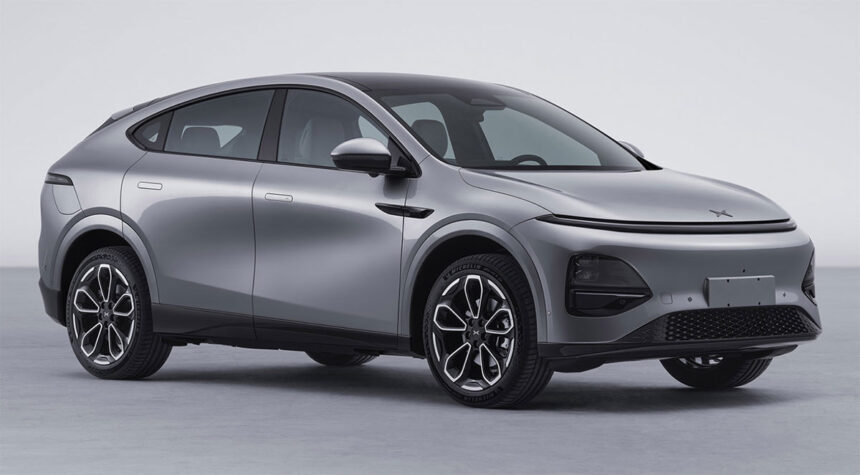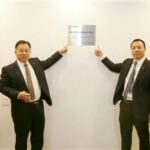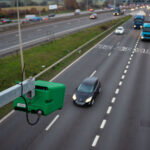Xpeng has recently filed regulatory documents for the updated G6 and G9 models, signaling a shift towards a pure vision smart driving solution by removing the LiDAR option from both SUVs. The Ministry of Industry and Information Technology (MIIT) in China released a catalog of approved models for public comment, which includes the new G6 and G9.
The G6 variants, with model numbers NHQ6481BEVFA, NHQ6481BEVFB, and NHQ6480BEVFB, are all single-motor models produced at Xpeng’s facility in Guangzhou. These models boast a peak motor power of 218 kW and feature a combination of lithium iron phosphate (LFP) cells and lithium ternary batteries from CALB.
On the other hand, the updated G9 comes in three versions with model numbers NHQ6491BEVGA, NHQ6491BEVGB, and NHQ6491BEVGC, all manufactured at the same Guangzhou plant. The single-motor G9 has a peak motor power of 258 kW, while the dual-motor version includes an additional front motor with a peak power of 165 kW. The batteries in the G9 are solely LFP batteries supplied by CALB.
Notably, the regulatory filings for the facelifted G6 and G9 do not mention the LiDAR option, indicating that Xpeng is moving away from using LiDAR technology in more models. This decision follows the launch of the P7+, which also does not feature LiDAR and instead utilizes a pure vision smart driving solution named Eagle Eye Vision, powered by two Nvidia Orin X chips.
During Xpeng’s third-quarter 2024 earnings call, the company’s management announced that the new Max variants and updated models would adopt the AI Eagle Eye smart driving solution, eliminating the need for high-definition maps or LiDAR. Xpeng’s embrace of a pure vision smart driving solution sets it apart from most Chinese car manufacturers, who typically use a combination of vision and LiDAR sensors in their vehicles.
Tesla, a leading advocate for pure vision smart driving solutions, has consistently voiced its preference for cameras over LiDAR. Tesla’s vice president of external affairs, Grace Tao, explained that cameras, visual neural networks, and autonomous driving hardware can replicate human observation, perception, and decision-making capabilities on roads designed for human eyes. Tesla believes that combining cameras with LiDAR does not enhance autonomous driving capabilities and can lead to conflicting information for the vehicle’s brain, ultimately increasing costs.
In conclusion, Xpeng’s decision to remove the LiDAR option from the G6 and G9 models reflects a broader industry trend towards pure vision smart driving solutions, aligning with Tesla’s stance on the matter. As the automotive industry continues to evolve, it will be interesting to see how other manufacturers adapt to this shift in technology.







